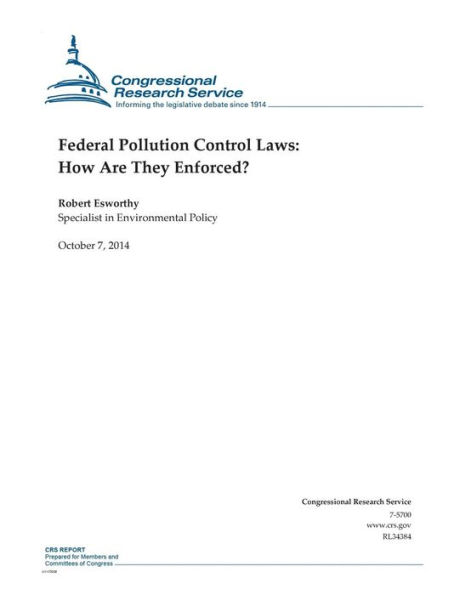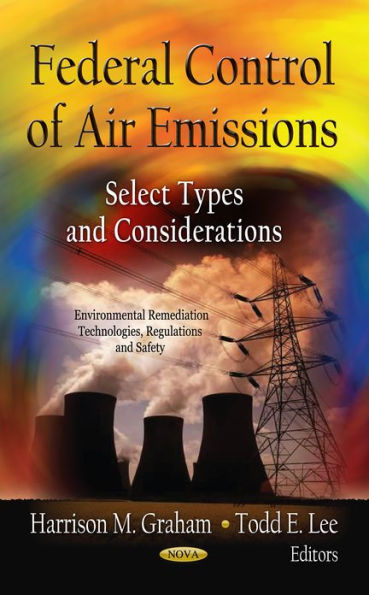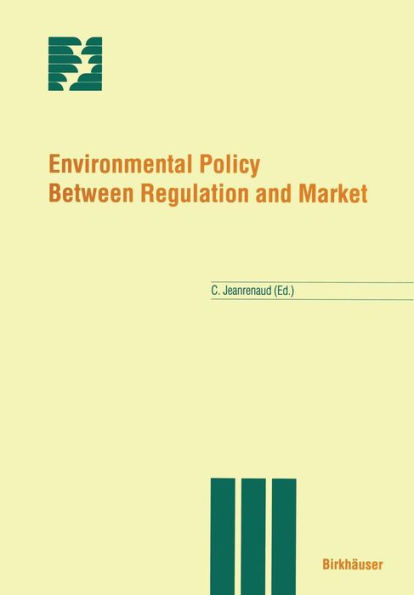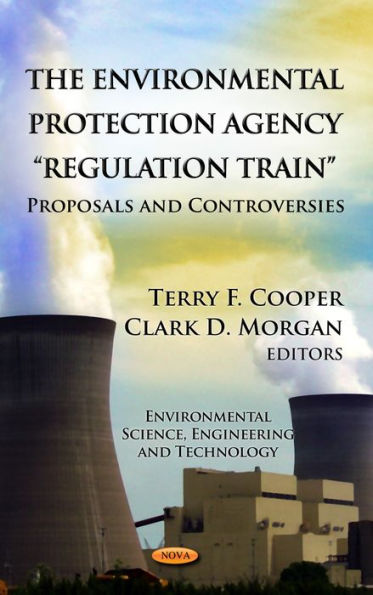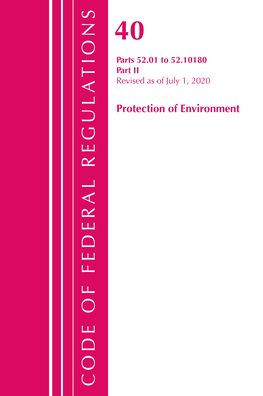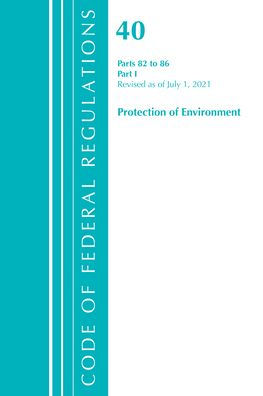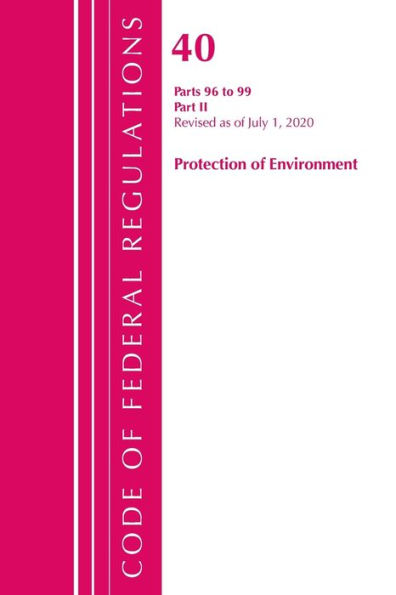Home
EPA Regulations: Too Much, Too Little, or On Track?
Loading Inventory...
Barnes and Noble
EPA Regulations: Too Much, Too Little, or On Track?
Current price: $19.95
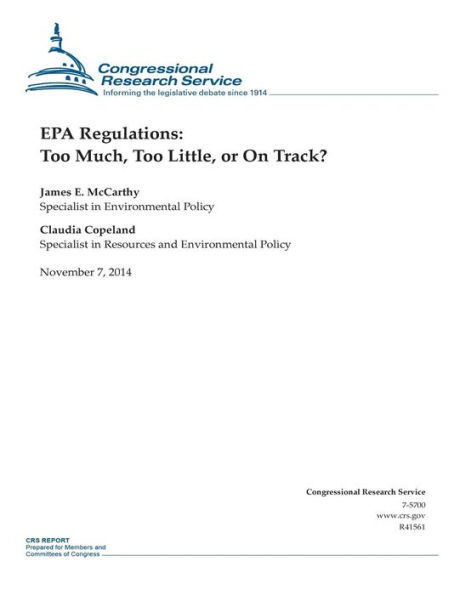

Barnes and Noble
EPA Regulations: Too Much, Too Little, or On Track?
Current price: $19.95
Loading Inventory...
Size: OS
*Product Information may vary - to confirm product availability, pricing, and additional information please contact Barnes and Noble
Since Barack Obama was sworn in as President in 2009, the Environmental Protection Agency (EPA) has proposed and promulgated numerous regulations implementing the pollution control statutes enacted by Congress. Critics have reacted strongly. Many, both within Congress and outside of it, have accused the agency of reaching beyond the authority given it by Congress and ignoring or underestimating the costs and economic impacts of proposed and promulgated rules. The House has conducted vigorous oversight of the agency in the 112th and 113th Congresses, and has approved several bills that would overturn specific regulations or limit the agency's authority. Particular attention has been paid to the Clean Air Act, but there has also been congressional scrutiny on other environmental statutes and regulations implemented by EPA. With Republican majorities in both the House and Senate, the 114th Congress is expected to accelerate oversight activities of the Administration's initiatives and renew efforts to rein in EPA. Environmental groups and other supporters of the agency disagree that EPA has overreached. Many of them believe that the agency is, in fact, moving in the right direction, including taking action on significant issues that had been long delayed or ignored in the past. In several cases, environmental advocates would like the regulatory actions to be stronger. EPA states that critics' focus on the cost of controls obscures the benefits of new regulations, which, it estimates, far exceed the costs. It maintains that pollution control is an important source of economic activity, exports, and American jobs, as well. Further, the agency and its supporters say that EPA is carrying out the mandates detailed by Congress in the federal environmental statutes. This report provides background information on EPA regulatory activity during the Obama Administration to help address these issues. It examines major or controversial regulatory actions taken by or under development at EPA since January 2009, providing details on the regulatory action itself, presenting an estimated timeline for completion of the rule (including identification of related court or statutory deadlines), and, in general, providing EPA's estimates of costs and benefits, where available. The report includes tables that show which rules remain under development, and an appendix that describes major or controversial rules that are now final. The report also discusses factors that affect the timeframe in which regulations take effect, including statutory and judicial deadlines, public comment periods, judicial review, and permitting procedures, the net results of which are that existing facilities are likely to have several years before being required to comply with most of the regulatory actions under discussion. Unable to account for such factors, which will vary from case to case, timelines that show dates for proposal and promulgation of EPA regulations effectively underestimate the complexities of the regulatory process and overstate the near-term impact of many of the regulatory actions.


